Exploring Woodpecker Behavior: A-Z Woodpecker Overview
Woodpeckers are some of the most intriguing birds you’ll ever come across. Let’s learn all woodpecker behavior from this guide.
Their dazzling feathers, hypnotic drumming, and quirky behaviors draw bird enthusiasts and casual observers alike. Each species has its own story, filled with clever adaptations and fascinating habits.
Stick around, and you’ll uncover secrets about these feathered marvels that might just make you see trees—and the birds on them—in a whole new way.
Golden-naped Woodpecker Behaviors?
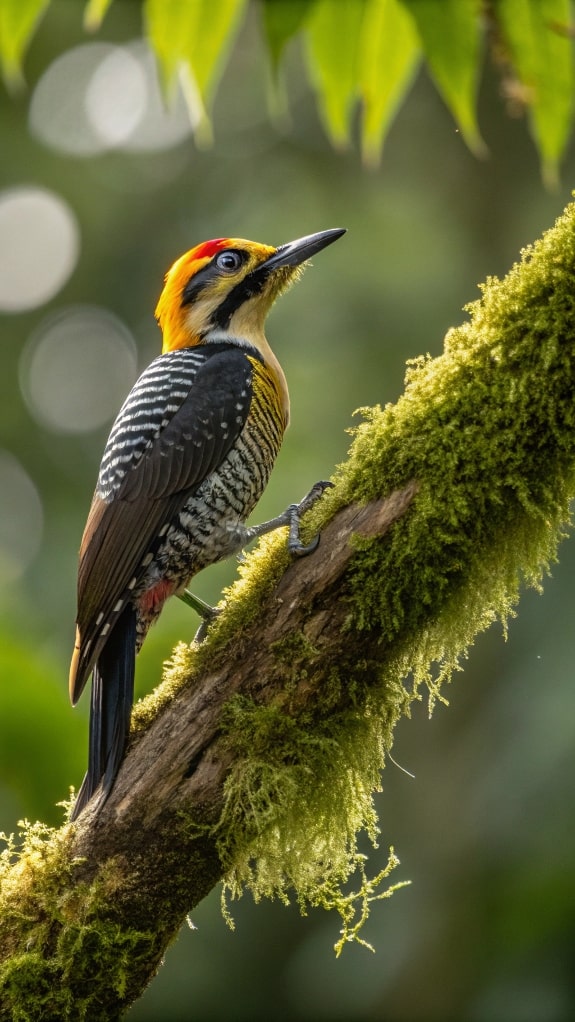
This species dazzles not just with its golden nape, but with rich social structures, clever foraging (including dusk aerial insect catching), and thoughtful parenting—clean nests and all! Wild, social, and resourceful.
What are some interesting behaviors of the golden-naped woodpecker?
It’s not just a bug-chaser like most woodpeckers—it actually goes wild for fruit. Bananas, figs, dates. It’s got tropical tastes, which makes sense since it lives in the rain forests of Costa Rica and Panama. And when the sun starts to dip? You’ll catch it darting through the air after flying insects like termites. Kind of impressive for a bird that spends most of its time hammering into trees.
It’s also got a bit of flair. Males rock a red crown paired with that golden-yellow patch on the nape that gives them their name, while females show off a yellow crown with a snazzy black stripe. Both are super striking.
They stick around the same area all year—no migrating—and tend to nest in cavities they carve out of trees. Oh, and sometimes they’ll raise two families in one season. Talk about dedication.
If you ever find yourself near a forest edge in their range, keep an eye (and ear) out. You might spot one visiting a feeder or hear that signature drumming echoing through the trees. Pretty cool, huh?
Want to build this out into something bigger, like a blog piece or species spotlight? I’ve got plenty of ideas.
Acorn Woodpecker Behavior
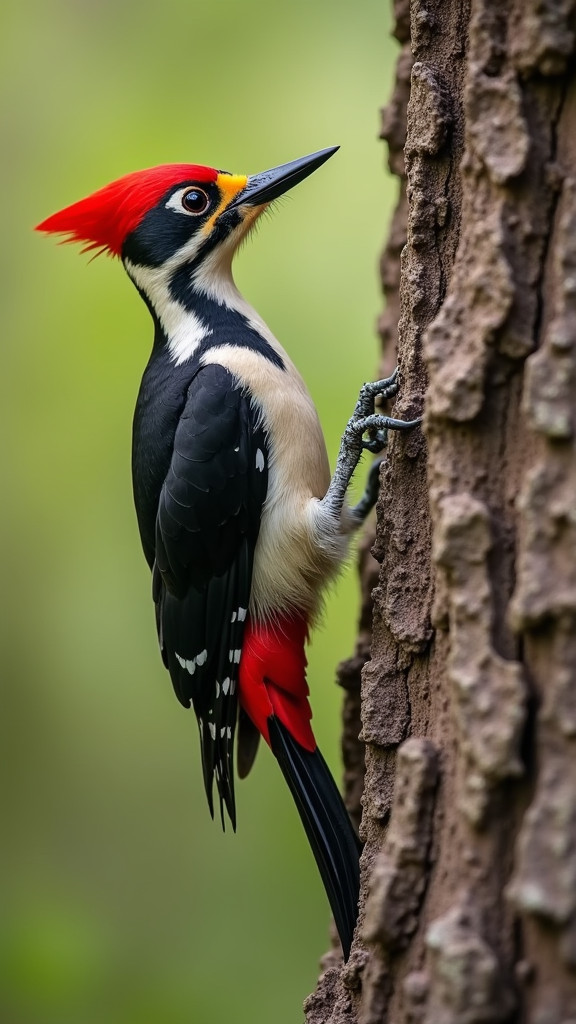
The acorn woodpecker (“Melanerpes formicivorus”) is well-known for its remarkable food storage practices. Acorn woodpecker behavior create “granary trees,” where they drill small holes into tree bark to store acorns. A single granary tree can contain thousands of acorns, which are carefully guarded by the woodpecker’s family group.
This behavior ensures a steady food supply during lean seasons. Acorn woodpeckers are also highly social and live in cooperative family groups, sharing responsibilities like food gathering, territory defense, and raising young.
Downy Woodpecker Behavior
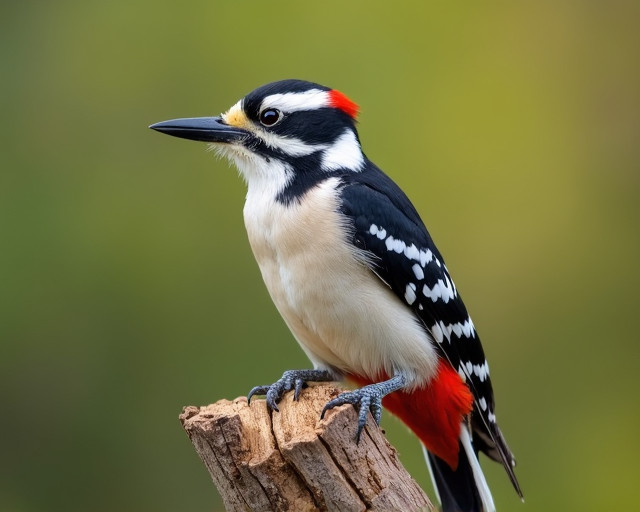
The downy woodpecker (“Dryobates pubescens”) is the smallest woodpecker in North America, but it exhibits some big behaviors. These birds are adept at foraging, using their short, sharp bills to peck at tree bark in search of insects.
They’re also opportunistic feeders, consuming seeds and berries when insects are scarce. Downy woodpeckers behavior are territorial and use their drumming behavior to communicate with rivals and attract mates.
Downy Woodpecker Nesting Behavior
Downy Woodpecker Nesting Behavior are cavity nesters, excavating holes in dead or decaying trees to create nests. Both males and females participate in nest-building, with the male often taking the lead.
The nesting cavity is lined with wood chips and serves as a safe haven for their eggs and chicks. These birds are monogamous during the breeding season, with both parents taking turns incubating the eggs and feeding the young.
Most of the bird lovers found this Trail Camera for Bird Watching helpful.
Pileated Woodpecker Behavior
The pileated woodpecker (“Dryocopus pileatus”) is one of the largest woodpecker species in North America, easily recognized by its striking red crest and loud, echoing calls. Pileated Woodpecker Behavior are expert excavators, chiseling large, rectangular holes in trees to search for ants, beetle larvae, and other insects.
Their excavations often create habitats for other species, such as small mammals and birds, making them vital contributors to their ecosystems.
Pileated Woodpecker Mating Behavior
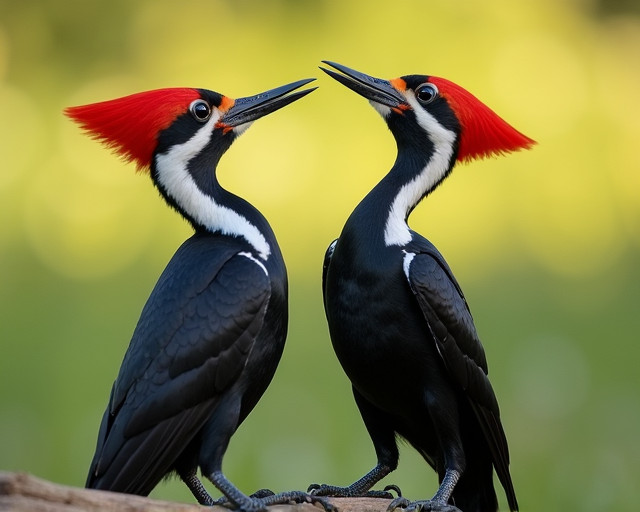
Pileated Woodpecker Mating Behavior are monogamous and form long-term pair bonds. During the breeding season, they engage in elaborate courtship displays, including drumming, calling, and mutual feeding.
The pair works together to excavate a nesting cavity, which they use to raise their young. Both parents share responsibilities, including incubating eggs and feeding chicks until they fledge.
Red-Bellied Woodpecker Behavior
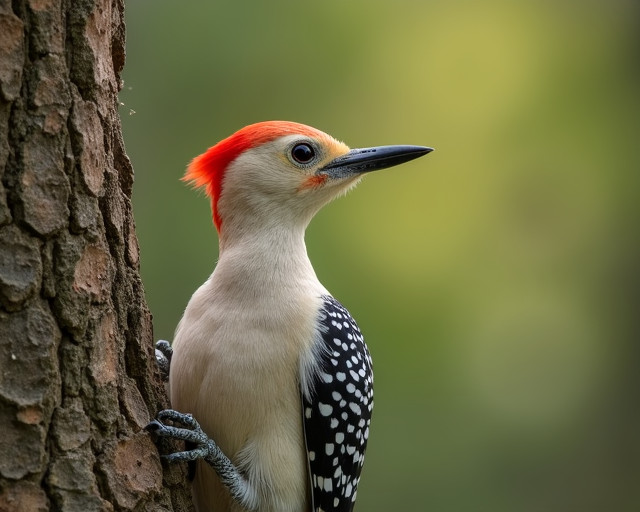
The red-bellied woodpecker (“Melanerpes carolinus”) is a versatile and adaptable species found in forests, urban areas, and even suburban backyards. Red-Bellied Woodpecker Behavior are omnivorous, feeding on insects, fruits, nuts, and seeds.
They’re also known to cache food for later use, similar to acorn woodpeckers. Red-bellied woodpeckers are vocal and use a variety of calls to communicate, including rolling “churrs” and sharp “quicks.”
Red-Headed Woodpecker Behavior
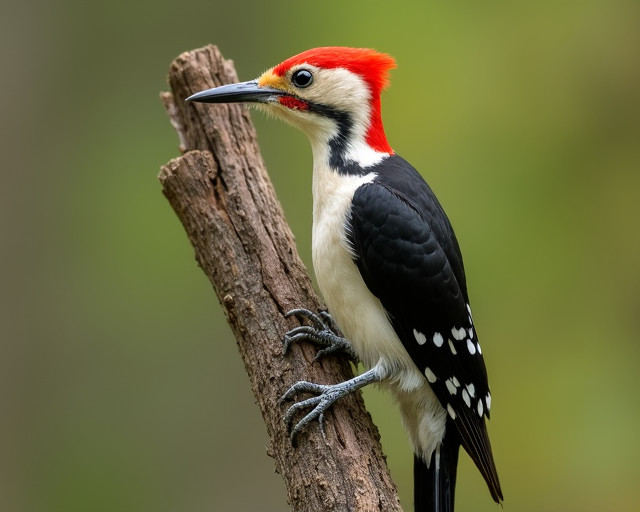
The red-headed woodpecker (“Melanerpes erythrocephalus”) is a striking bird with a bold red head, black back, and white underparts.Red-Headed Woodpecker Behavior is known for its exceptional agility, often catching insects mid-flight.
They’re also accomplished hoarders, storing food such as nuts and seeds in crevices for future consumption. Red-headed woodpeckers are territorial and highly aggressive when defending their nesting sites.
Woodpecker Behavioral Adaptations
Woodpeckers have evolved numerous behavioral adaptations that set them apart from other birds. Their drumming behavior is used for communication, often replacing vocal songs. They also have specialized skulls and shock-absorbing tissues to withstand the impact of repetitive pecking.
Their zygodactyl feet (two toes facing forward and two backward) and stiff tail feathers provide stability as they cling to tree trunks.
Woodpecker Mating Behavior
Across species, woodpecker mating behaviors often involve elaborate displays to attract partners.
These include drumming, vocalizations, and courtship flights. Most woodpeckers are monogamous during the breeding season, with pairs collaborating to excavate nesting cavities and raise their young.
The division of labor ensures the survival of their offspring, demonstrating the importance of cooperation in their reproductive success.
Conclusion
Woodpeckers are extraordinary birds, exhibiting a wide range of behaviors that highlight their adaptability and ecological importance.
From the acorn woodpecker’s granary trees to the pileated woodpecker’s powerful excavations, each species brings unique contributions to its environment.






